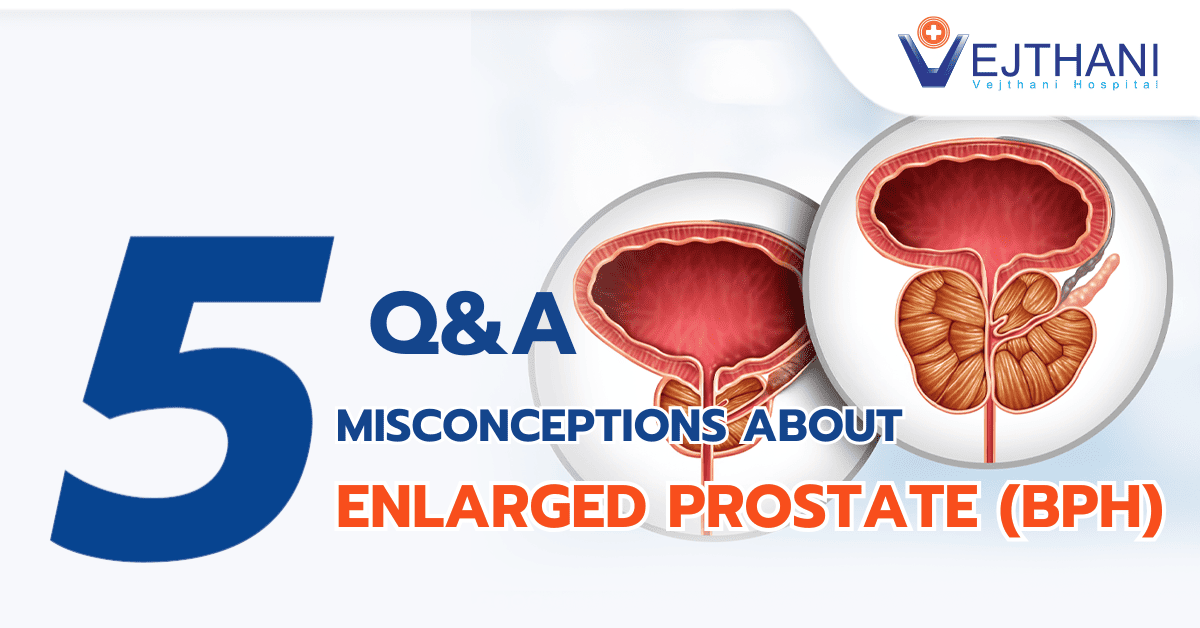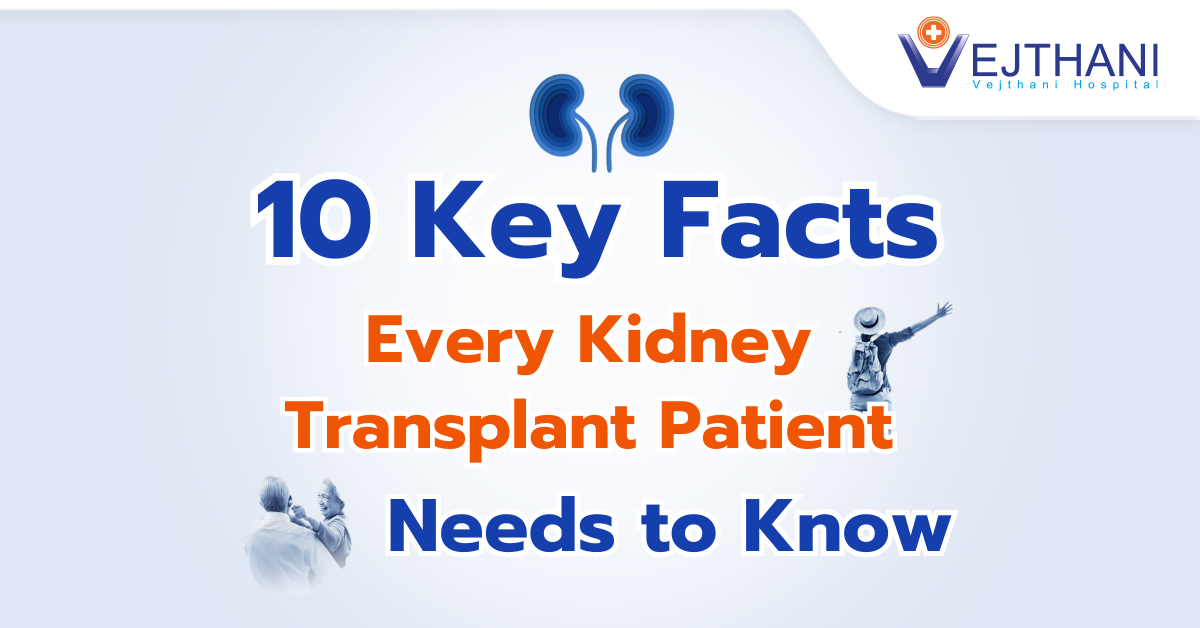
Autologous stem cell transplant
Overview
An autologous stem cell transplant involves using your own blood stem cells to restore your bone marrow’s ability to produce cells after undergoing high doses of chemotherapy and possibly radiation therapy to kill cancerous cells. This intensive treatment, while effective against cancer, also destroys healthy cells and can damage the bone marrow, leading to a halt in blood cell production. By reintroducing the previously collected healthy blood stem cells, this procedure helps the bone marrow recover and start making new, healthy blood cells.
While an autologous stem cell transplant may not cure cancer, it has been shown to put cancer into long-term remission, where symptoms are absent and tests do not detect cancer. It is also considered a viable option when other treatments fail (refractory cancer) or if the cancer returns (recurrent cancer).
Reasons for undergoing the procedure
Autologous stem cell transplants are used for individuals undergoing high-dose chemotherapy and radiation, which can damage bone marrow. This procedure replaces the damaged marrow and is often used to treat:
- Hodgkin’s lymphoma
- Myeloma
- Non-Hodgkin’s lymphoma
- Plasma cell disorders
It is the first-line treatment for multiple myeloma, where cancerous plasma cells multiply in the bone marrow. Autologous stem cell transplantation can also treat Hodgkin and non-Hodgkin lymphoma if other treatments fail or the conditions recur. Additionally, it is used for treatment-resistant germ cell tumors and certain autoimmune diseases.
Risk
The most significant risk after the procedure is developing a life-threatening infection, making it crucial to protect yourself. The success rate of autologous stem cell transplants and survival rates vary based on factors such as your diagnosis, the severity of your condition, any other medical issues, and your tolerance to chemotherapy. Discuss your prognosis with your healthcare provider, who can explain how these success and survival rates specifically apply to you.
Procedure
Before the procedure
Health Assessment
Before undergoing an autologous stem cell transplant, your healthcare provider will conduct a comprehensive health assessment to ensure you’re fit for the procedure. This is crucial because high-dose chemotherapy can cause significant side effects and increase your risk of serious infections.
Required Tests
Your healthcare provider will order several tests, including:
- Electrocardiogram (EKG)
- Echocardiogram
- Computed tomography (CT) Scan
- Complete blood count (CBC)
- Blood tests (including liver and kidney function tests)
- Biopsy (to study cancerous cells)
Central venous catheter (CVC)
To facilitate the transplant process and avoid repeated needle sticks for blood draws or intravenous insertions, your provider may place a Central Venous Catheter (CVC) in one of the large veins in your upper chest.
Growth factor medication
Once cleared for the transplant, you’ll receive growth factor drugs. These hormone-like substances help your bone marrow produce more blood cells. Additionally, you’ll receive other medications to move these blood cells from your bone marrow into your bloodstream, a process known as “mobilization.”
During the procedure
Collecting (harvesting) and processing stem cells:
In this phase, your blood is drawn to extract healthy blood stem cells for transplantation through a process called apheresis. The process involves the following steps:
- Connection: Veins in both of your arms are connected to a cell separator (centrifuge) machine.
- Blood extraction: Blood is drawn from the vein in one arm.
- Separation: The cell separator machine filters out the stem cells from the blood.
- Blood return: Blood flows back into the veins in your other arm.
The harvesting process is painless but can take three to four hours. Multiple sessions might be necessary to collect enough stem cells. During this time, you’ll need to lie still but can read or watch television.
Conditioning
Before receiving the stem cells, you will undergo high doses of chemotherapy and radiation therapy to kill cancer cells. This conditioning treatment can last several days. Your healthcare team will monitor your health closely and manage any side effects.
- Possible short-term side effects:
- Anemia: Low red blood cell levels.
- Bleeding issues: Due to low platelet levels.
- Diarrhea.
- Fatigue.
- Loss of appetite and dysgeusia: Changes in the sense of taste.
- Hair loss.
- Nausea and vomiting.
- Mouth sores.
- Weight loss.
- Potential long-term side effects:
- Bone damage: Osteoporosis.
- Cataracts.
- Early menopause.
- Infertility.
- Interstitial lung disease.
- Second cancer: Development of a new type of cancer.
Transplantation (Infusion)
Receiving stem cells: The infusion process is similar to receiving medication or a blood transfusion:
- Preparation: You will receive fluids and medications to prevent side effects.
- Infusion: Stem cells are infused into your body through an intravenous catheter (IV) or central venous catheter (CVC).
The infusion process may take several hours. During this time, your provider will monitor you closely for signs of fever, chills, and other potential side effects.
After the procedure
The following process happens after the procedure and during your recovery.
- Stem cell journey: Your stem cells travel through your bloodstream to your bone marrow, where they start producing new blood cells. This process is called engraftment.
- Infection risk: Until engraftment occurs, you’re at increased risk of serious infections because your bone marrow hasn’t yet produced enough white blood cells.
- Growth factor injections: To speed up engraftment, you may receive growth factor injections.
- Daily monitoring: Each day, your healthcare team will check your blood cell and platelet levels for signs that the transplanted stem cells are producing new blood cells and platelets.
Outcome
Even though your bone marrow is making new blood cells, it may take three to 12 months for your immune system to fully recover after an autologous stem cell transplant. Returning to work or school might take around four months, but this can vary for each individual. Here are some suggestions to help you on your road to recovery:
Tips for recovery
- Rest: You may have days when it’s exhausting to make it through your day. Rest when you need to, not just when you think you can.
- Nutrition: Your body needs to recover from conditioning treatment, and meals packed with protein will help. Consider consulting a nutritionist to ensure you’re getting enough nutrients.
- Physical activity: As you feel stronger, start incorporating regular physical activity into your day, such as taking a walk. Always consult your healthcare provider before starting any new activities and avoid pushing yourself too hard.
- Vaccinations: An autologous stem cell transplant will eliminate any protection from your past vaccinations, including childhood ones. Your healthcare provider will guide you on when to start your vaccinations again. Typically, you may be able to receive inactive vaccines six months after your transplant and live vaccines in two years.
- Monitoring your health: You will have regular follow-up appointments with your care team to monitor your overall health. Be alert for symptoms that could indicate treatment complications. Contact your healthcare provider immediately if you experience any of the following:
- Fever
- Chills
- Shortness of breath (dyspnea)
- Coughing, sneezing, or runny nose
- Frequent or painful urination (dysuria)
- Rash
- Lightheadedness or dizziness
Contact Information
service@vejthani.com






















